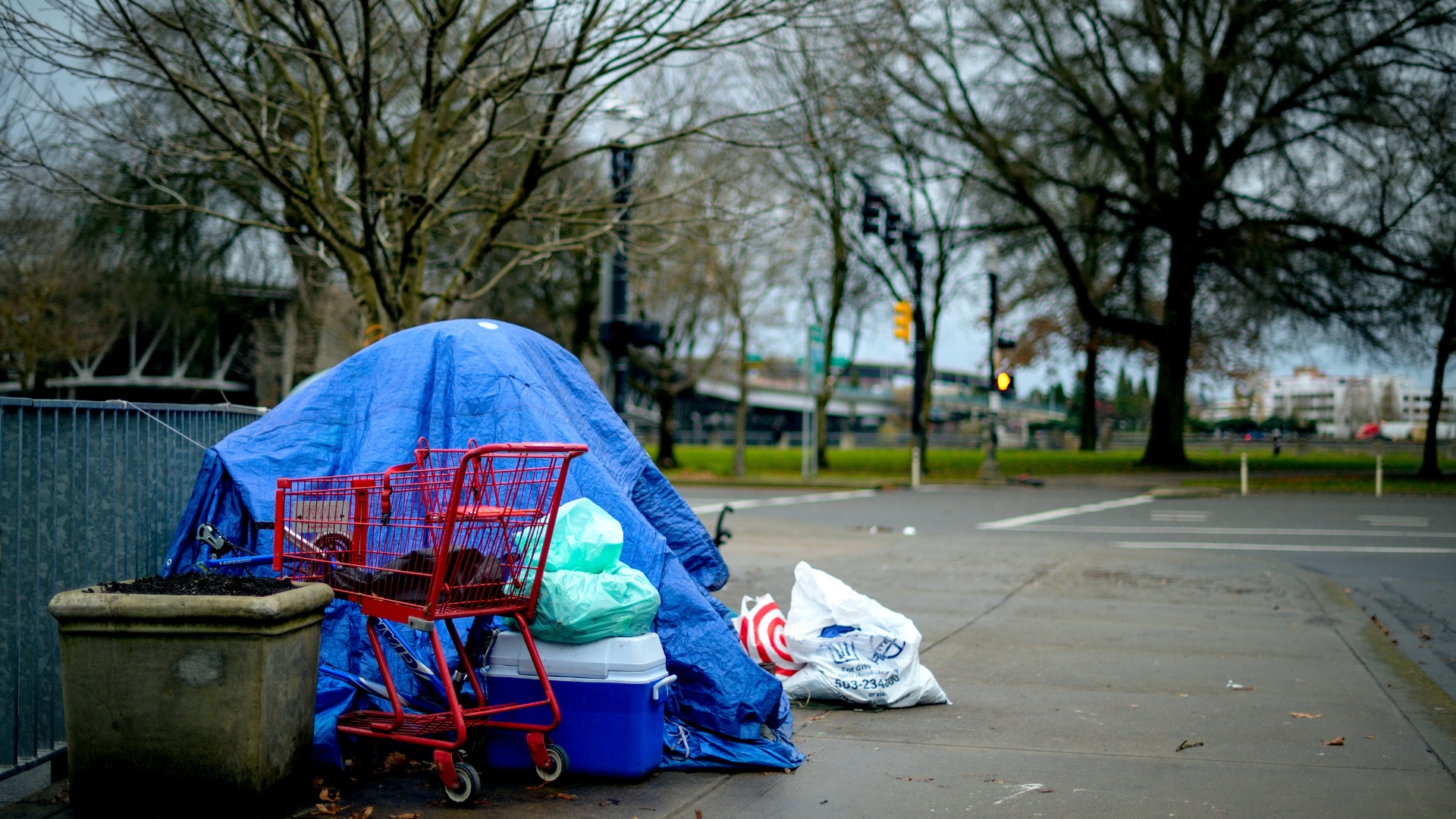A new report by the Utah Commission on Criminal Juvenile Justice highlights the much-discussed Justice Reinvestment Initiative passed last year by the legislature—a package of criminal justice reform policies aimed to address the growing incarceration rate.
Drug possession offenses are now considered a class A misdemeanor—a penalty of up to one year in jail—instead of a 3rd degree felony, which carries a penalty of up to 5 years in prison. This in turn has steered offenders into rehabilitation centers for treatment instead of perpetuating a cycle of abuse by placing them in prison for punishment for having a mental illness or addiction problem.
Prison population was projected to increase to 7,498 before the Justice Reinvestment Initiative was enacted in 2014, which changed the way Utah punished drug offenders. After the reform was enacted it was estimated that the number of incarcerated individuals would decrease to 6,674. However, the results are better than expected at 6,371, which is 15% lower than estimated numbers before the reform was put into place. Drug offenders used to make up 40% of the prison population; after the reform, they only make up 33.8%.
Three issues in this report show the efficacy of the reforms: prison space for violent offenders, supervision of offenders leaving prison, and lowering the overall prison population.
First, although Utah has lower crime rates than before the reform, we still have a high increase in population. By re-classifying offenses, the legislature lowered the financial burden of bed space by prioritizing serious and violent offenders in prison while also lowering overall prison population by instead diverting nonviolent offenders to rehabilitation centers.
Secondly, the reforms also promote better supervision of those leaving prison, lessening the perpetual cycle of recidivism. “Our prison gates [through which people re-enter society] must be a permanent exit from the system,” Gov. Herbert said, “not just a revolving door.” Maximizing an offenders’ success in becoming law-abiding citizen requires applying an appropriate method of treatment for each individual offender; incarceration does not rehabilitate.
Lastly, those that have mental illness or addiction problems need to be addressed in a treatment center—not locked up in a prison cell. It’s still possible for inmates to access drugs in prison, which is why it is best to address those issues through other means—not in prison. Putting someone in a cell without addressing the individual issue of each offender is a one-size-fits-all method of addressing a highly nuanced societal problem.
The size of Utah’s prison population cannot be discussed in isolation from the criminalization of human activity. Utah law has over ten thousand crimes for which you can be charged. On average, the Utah legislature creates 34 new crimes a year, creating an average of five new prison admissions each year.
Some may say that this reform is being soft on crime or that it is a cop-out for drug offenders. It is very much the opposite; drug possession is a victimless crime in that it does not directly violate the rights of another. This reform is very much being smart on crime. Creating a method to properly address these issues has never been so simple. Lessen the criminal penalties for these minor drug offenses and address the primary issue—addiction and mental illness. The JRI deal was a step in the right direction and should be continued.
Lastly, re-acclimating these people into society after spending time in prison is the other half of a very important issue of supervision for offenders. Providing programs that assist in finding employment and their ability to operate in a peaceful society are key in stopping recidivism and allowing these individuals to become contributing members of society.
Because of the JRI reform, individuals are getting the appropriate help they need in order to operate in society, and the perpetual system of a non-violent criminal populous in prisons is diminishing.
The Utah Legislature can take further steps in this direction by scrutinizing the criminal code to assess whether Utah’s many statutes imposing prison penalties can be lowered or eliminated altogether.




